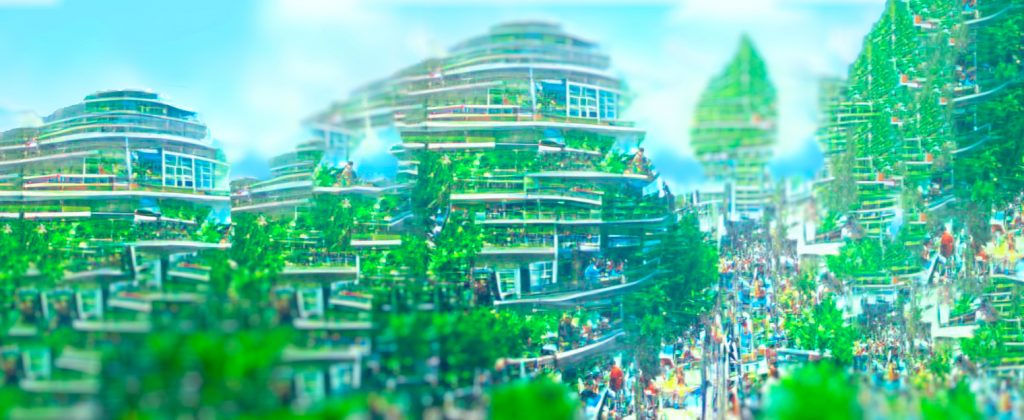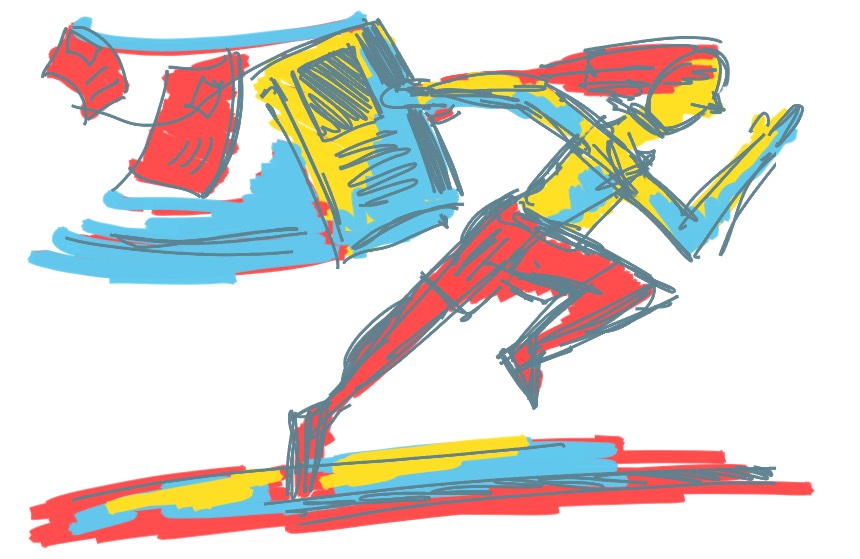De Eindsprint was done with one goal in mind: challenging ourselves to complete one design project per day.
Although the one-project-a-day goal proved to be a little ambitious, especially for the more hardware-oriented projects, we did manage to complete a fair number of projects. Some of these had been lingering on to-do lists for way too long, and some just popped up during the Eindsprint itself.
What struck us during these four days was how freeing it is to just focus on nothing but your project for the entire day, just because this is how you want to spend your time. There’s no coaches, no-one to tell you you should be doing things differently, but there are other people who are interested in what you are doing and are more than happy to think and help along. As there’s no grading or rubrics involved, the projects become much freer, and you’re able to go into directions that you might normally not dare to follow.
Not having any predefined project requirements allowed us to be much more free and open in our thinking. Lots of things didn’t work completely, but this was fine, because we were working towards a vision. We didn’t worry about ticking all the boxes, or making sure that every expertise area was in there, and as a result, the projects were weird, sometimes without a clear end contribution to society, but we definitely learnt a lot, and inspired others in the process.
De Eindsprint served as a period of reflection on design, what we think design is (and could/should be), and what we find important as designers. One of our key beliefs is that design has to be lived. There are no shortcuts in design; you have to do the work, create (many) things, fail often, and reflect on your work.

